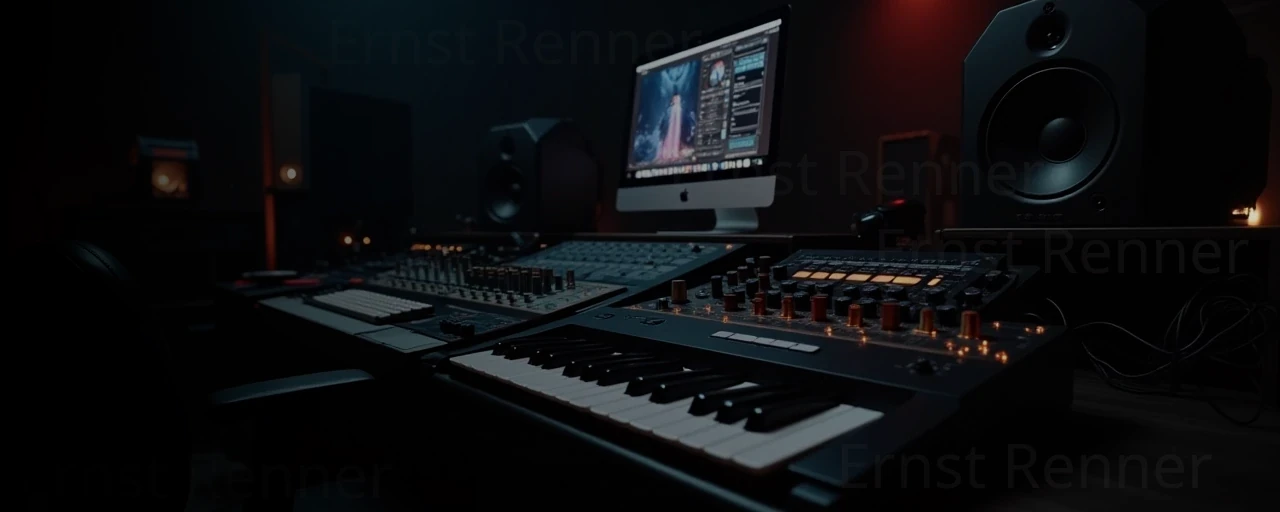Like a senior NSA agent taking the mandatory polygraph is how my Apple Studio stays cool under heavy workloads
After 25 years of being a dedicated Linux user, I’ve made a major shift: I now primarily work on a Mac Studio running macOS, with Linux living on only as virtual machines. This move wasn’t impulsive; it came after a long journey of wrestling with hardware headaches, driver issues, and inconsistent GPU performance on Linux — especially on the desktop.
Why I left Linux behind (but not entirely)
Linux has been my go-to for decades, powering servers and desktops alike. But on the desktop, especially with demanding hardware like my NVIDIA 3080, it just wasn’t delivering the seamless experience I needed. Driver support, creative workflows — all felt like constant battles. On my Mac Studio, I get the power and reliability I want, without the endless tuning and troubleshooting.
That said, Linux still has a place in my workflow — but only as virtual machines running inside macOS. This way, I get the best of both worlds: macOS stability and hardware efficiency, plus Linux’s flexibility when I need it.
Favorite apps that made this move worthwhile
- UTM: My new favorite virtualization app. Compared to the complexity of Virt-Manager on Linux, UTM’s “bridged networking is just a checkbox” simplicity blew me away. It’s a perfect VM manager for Mac users who want power without pain.
- LocalWP: A clever app designed by someone who truly understands web designers’ needs. LocalWP replaced my old LAMP stack nightmares with an elegant, one-click WordPress dev environment. Goodbye manual server configs, hello productivity!
- LMStudio & Orpheus TTS FastAPI: Running machine learning and TTS workloads on the Apple Studio is a breeze — unlike my Zephyrus laptop with has an 8GB NVIDIA GPU that gets very hot under heavy load. The Mac stays cool and quiet, just like a senior NSA agent doing the mandatory monthly polygraph session.
- Pixelmator Pro: I mainly bought it for the one-click complex background removal, which saves me tons of time. For everything else, I stick with open-source staples like GIMP, Blender, FreeCAD, VSCodium, and Harrison Mixbus.
Why Mac Studio over a traditional desktop?
Portability is a huge plus. If I move back to Europe, I can easily bring the Mac Studio with me without the shipping hassles and risks that come with a full desktop tower. And with the M4 Max chip and 36 GB of unified memory, I’m confident this machine will keep up with my workloads for years to come.
The takeaways
- Moving from Linux to macOS wasn’t about abandoning open-source; it was about choosing reliability, performance, and peace of mind.
- Macs offer a powerful ecosystem, low maintenance, and excellent support for virtualization — which is perfect for mixing workflows.
- Some Linux strengths live on in apps like UTM and LocalWP, but the hardware and OS polish of the Mac Studio is unmatched for my creative and machine learning work.
If you’ve been stuck in the “Linux vs. Mac vs. Windows” debate, I hope my journey sheds some light on how practical, hybrid workflows can be the real winner.
